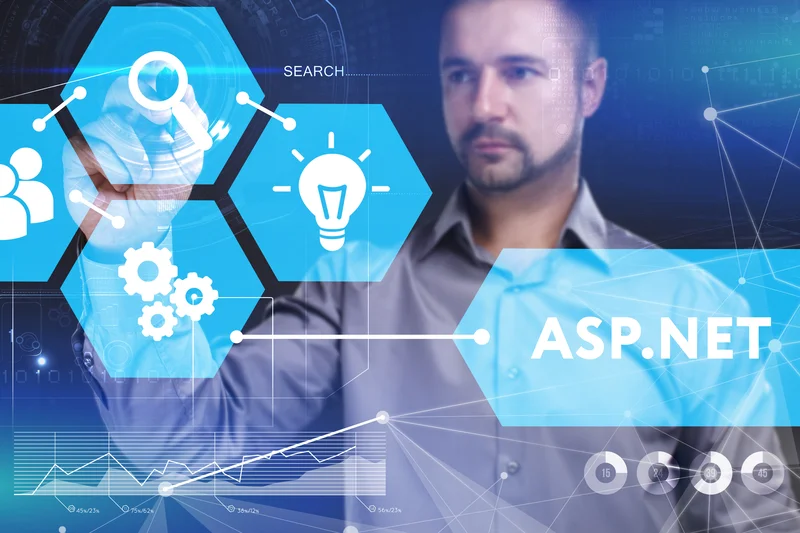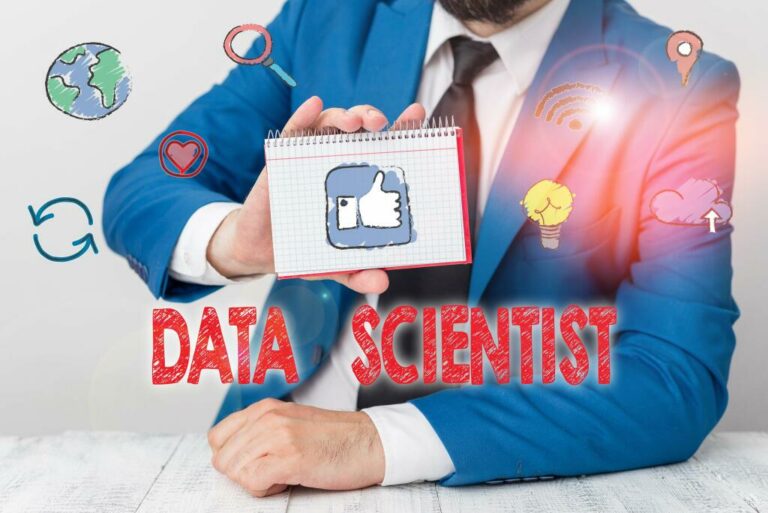The business’s signature product is an application for smartphones that allows users to request transportation from drivers of privately owned vehicles. In addition to connecting passengers with drivers, Uber’s computer algorithm sets the fares for their trips based on distance and supply and demand. Registered Uber users use their smartphone app for booking the on-demand services.
This data center includes all the components but Uber never copies the existing data into the backup datacenter. You can consume the Historical data from the database and compare it with real-time data which can get from KAFKA and we can build new Maps that can improve the Map data which we have. And also from the real-time data, we can identify new traffic situations and drivers’ speed, and a lot of things. Before a trip starts, your app provides an ETA for when your driver should arrive at your pickup location. As you know how Uber uses the Google S2 library to breakdown the google maps into particular cells and that is used to identify the nearest CABS location to Riders location. Assume Uber adds a new city to the system and now How can we handle the traffic for the newly added city?
Uber Revenue Model
Once done, you can discuss your app’s idea with those people you think highly of. Uber has set a classic example for startups and existing taxi services. Every organization is aiming to replicate the success of Uber by offering quick and convenient taxi-hailing services. The incredible platform enables users to book cab service in only four simple steps. The Uber app guarantees quick service as well as optimal convenience, no wonder it has exploded in popularity.

Systems based on contraction hierarchies take just a few milliseconds to compute a route — by preprocessing the routing graph. Uber uses an open-source ringpop to make the application cooperative and scalable for heavy traffic. Ring pop has mainly three parts and it performs the below operation to scale the dispatch system.
Elements of Uber Business Model
The driver app is constantly sending location and other metric information to a supply service (more on this later). The rider app is also sending information to a demand service and in return getting information from the backend. Because of the bi-direction flow of data, we can not employ HTTPS as our communication protocol, instead, we the Web-socket protocol to convey information between the client and the backend servers. Developing a ride-sharing app requires various technologies, including real-time data processing, GPS tracking, payment processing, and mobile app development. Therefore, the development team must have expertise in all these areas and the ability to integrate these technologies into a seamless and user-friendly experience.
In the world of transportation, it’s safe to say Uber has become a household name. The ride-booking app has revolutionised how people get around, offering a convenient and reliable alternative to traditional taxis. Constraints (i.e. capacity estimations and system limitations) are some of the most important considerations to make before designing Uber’s backend system. Constraints will generally differ depending on time of day and location.
What Programming Languages Can I Use To Create A Food Delivery App Like Uber?
You need to wait five minutes for UberX rides and 15 minutes for UberBlack and BlackSUV rides. The Uber team checks the turn signals, brake lights, brakes, tire pressure, and other vehicle safety aspects. Uber looks into each driver’s criminal and Motor Vehicles record to check for felony convictions or DUIs. That way, your friends and family know exactly where you are and which driver you were with if something unfortunate happens.
Then it gets to the Load Balancer and it goes to KAFKA and it is going for different servers. And also a copy of location data sends to the Database and also Dispatch Optimization to keep the latest location of the Cab. It is pretty much hard to summarize and approximate locations using latitude and longitude data.
How Does Uber Work? Complete Rider And Driver Guide 2023
In 2014, Uber transitioned completely to a service-based architecture system , wherein the backend, frontend, and database were integrated into one robust system. The app’s real-time data processing, GPS tracking, payment processing, and machine learning technologies work together to create a platform that has revolutionised people’s travel. As Uber continues to innovate and expand its services, its tech stack will undoubtedly play a crucial role in its continued success.
- Collect and Receive, Teal says, introduces a set of capabilities that historically have not been available to retailers.
- And gradually, all this information travels across the entire system.
- In 2014, the platform started focusing heavily on Big Data generation.
- This is where the car size is selected (mini, medium or luxury).
- A person having a driving license and a car can apply to Uber for registering himself as Uber driver in cities Uber covers.
In 2014, Uber’s backend included languages like Python, Mongo, and MySQL. On the other hand, the dispatch system used Node.js and Redis, whereas the mobile apps were powered by Java and Objective-C. However, as the requirements evolved, developers changed almost all of the platform’s components. The marketplace connects the two applications-Passenger app and the Driver app.
How ETA(estimated time of arrival) is Calculated?
Uber has been taking mobile app development very seriously, as it is the hub of its operations. It’s surprising when you realise that Uber has four different versions of its mobile applications – two user apps on Android and iOS and two driver apps on the same platforms. Furthermore, the platform’s developers built the iOS apps using Objective-C and Swift, while the Android apps were built with Java.

Uber was founded by CEO Travis Kalanick and Garrett Camp in San Francisco, USA. Uber is private limited liability company incorporated under the laws of the Netherland with the registered office in the Amsterdam. It is the world largest company which owned no vehicles but have a valuation of more than $ 50 billion and funds of $ 10 billion. Uber has hundreds of WebSocket servers that establish persistent connections build an app like uber between both kinds of clients and the rest of the backend. When a customer requests a ride a connection is established with a web socket server and the client, the web socket then transmits the request to the demand service and also establishes a connection with it. Here we have hundreds of dispatch servers that all equally keep track of google’s S3 geographical cells of all the drivers in a distributive manner.
Benefits for the drivers
And gradually, all this information travels across the entire system. In 2016 Uber accepted a rare defeat at the time, selling off its unsuccessful Chinese branch to its main competitor, Didi Chuxing, a Chinese mobile transportation https://www.globalcloudteam.com/ company. Some investors still believed the company’s best days remained ahead of it, as Uber received an additional $3.5 billion in investment funds that year, but 2017 proved disastrous for the company.